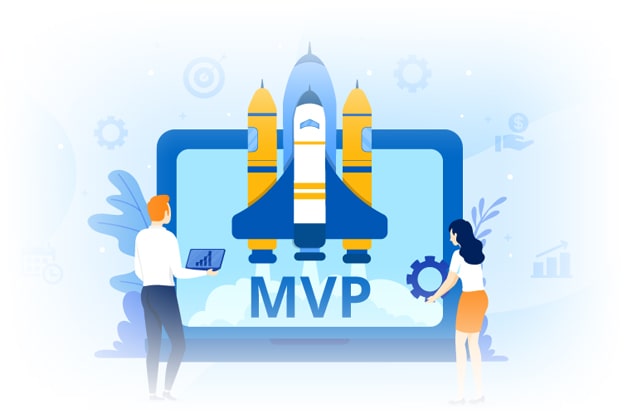November 10, 2021
If you are reading this article, I suspect you either have or are thinking of embarking on building a SaaS product. While there are no guarantees in entrepreneurship except for the thrill of being in it, I hope my experiences in this area accumulated over the last 15 years help you avoid some common pitfalls that I have not seen discussed much.

1. Let Sales & Marketing Plan Guide MVP
I am at the frontlines of sales and I get to speak a lot of entrepreneurs who seem to have great ideas that they want built. In most cases, clients would like a prototype built which then leads to an MVP. The most successful of our clients I have seen have already made a detailed plan on how they will market and sell the product before they even think of what goes into the prototype or MVP, and those thoughts guide what features are built first.
This, in my opinion, is very important because money is usually tight in the beginning and one has to ruthlessly prune unnecessary features and create the necessary ones really well. Being from a technology background, I have made the mistake of building product features before thinking of sales and have had to pivot unnecessarily.

2. Expect to Fail and Be Ready to Pivot
Which brings me to my next tip, which is to expect to pivot even if you have a solid plan. Many an entrepreneur have built products after discussions with several potential users, having gotten good feedback on the idea, and have still struggled to find paying customers.
One great strategy to reduce the risk of failure is to have a plan B or at least an option for a plan B. Many products have parts that can be used in other segments, and sometimes the “other segments” might be more successful.
Here’s an example. Inncrewin (now atmosol) built instagathering.com to bring easy event booking to consumers. While we have had moderate success in that segment, we realized and have been able to capitalize on the significantly more demand from corporate clients for our service by tweaking the product.

3. A CTO or a Trustworthy Tech Partner Does Help
Pivoting software can give entrepreneurs and software a second life, but it’s not always easy, even if there is a B segment to sell to. The software must be built correctly to easily pivot into new segments. Let me take another example to illustrate this.
Let’s say you are building a CRM system for a specific business segment. If the software is built as a generic CRM and then specialized to the segment, it can easily be pivoted to another segment by simply changing the specialization. For this and many other reasons, a CTO or a really trustworthy technology partner enhances the chances of success unless the entrepreneur has deep technical knowledge.

4. User Experience Makes or Breaks
I talked about pivoting when the original idea doesn’t seem to work, but one has to be careful about the real reason for the lack of adoption. Before pivoting to another segment, think hard about the product’s usability.
A usability test with your target audience is well worth the time and money if possible and affordable. If you can’t get users from your segment, even crowd-sourced usability tests can be helpful.
Modern SaaS users are accustomed to and expect user experiences that are unambiguous and seamless and are easily put off by clunky experiences.
5. Build to Scale
Now let’s say you avoid all the pitfalls and can sell your products successfully. Are you sure you can support all the new users on your platform? I have heard many entrepreneurs say, “That will be a good problem to have,” or “We’ll cross that bridge when we get there”.
If you know technology well enough though, you will know that reality can be quite different. Most SaaS software is now hosted on public clouds like Azure, AWS, or Google, which makes scaling easy. Or does it?
While it’s possible to have more server horsepower at the click of a button, how your software can use the real scaling capabilities will determine how well you can scale. So, make sure someone on your team is thinking of cloud architecture and not just hosting “somewhere” on the cloud.



